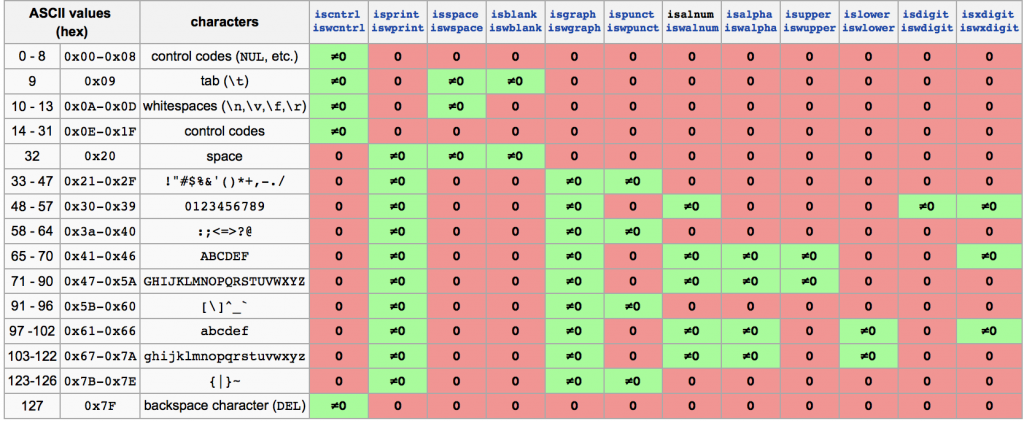Contributors: amehrotra2610
Given a non-empty integer array of size n, find the minimum number of moves required to make all array elements equal, where a move is incrementing n – 1 elements by 1.
Example:
Input:
[1,2,3]
Output:
3
Explanation:
Only three moves are needed (remember each move increments two elements):
[1,2,3] => [2,3,3] => [3,4,3] => [4,4,4]
分析:每次n-1个数都+1,最后所有数都相等,其实等价于每次将其中一个数-1,最后所有数都相等。
因为每次只能减一个数,那肯定是将除了最小数minn之外的其他所有数一次次减,直到他们等于都最小数minn。所以cnt就等于所有数与最小数之间的差距的和(因为每次只能减去一个数,且只能减去1,所以差为多少就要减去多少次~)
先求出数组的最小值minn,然后累加的所有数和minn之间的差即为所求~
|
1 2 3 4 5 6 7 8 9 10 11 12 |
class Solution { public: int minMoves(vector<int>& nums) { int minn = INT_MAX; for(int i = 0; i < nums.size(); i++) minn = min(minn, nums[i]); int cnt = 0; for(int i = 0; i < nums.size(); i++) cnt += nums[i] - minn; return cnt; } }; |
